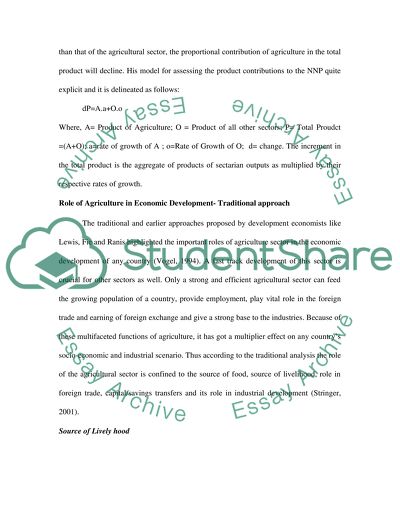Cite this document
(“Agriculture's importance economic progress Essay”, n.d.)
Retrieved from https://studentshare.org/agriculture/1420602-agricultures-importance-economic-progress
Retrieved from https://studentshare.org/agriculture/1420602-agricultures-importance-economic-progress
(Agriculture'S Importance Economic Progress Essay)
https://studentshare.org/agriculture/1420602-agricultures-importance-economic-progress.
https://studentshare.org/agriculture/1420602-agricultures-importance-economic-progress.
“Agriculture'S Importance Economic Progress Essay”, n.d. https://studentshare.org/agriculture/1420602-agricultures-importance-economic-progress.


